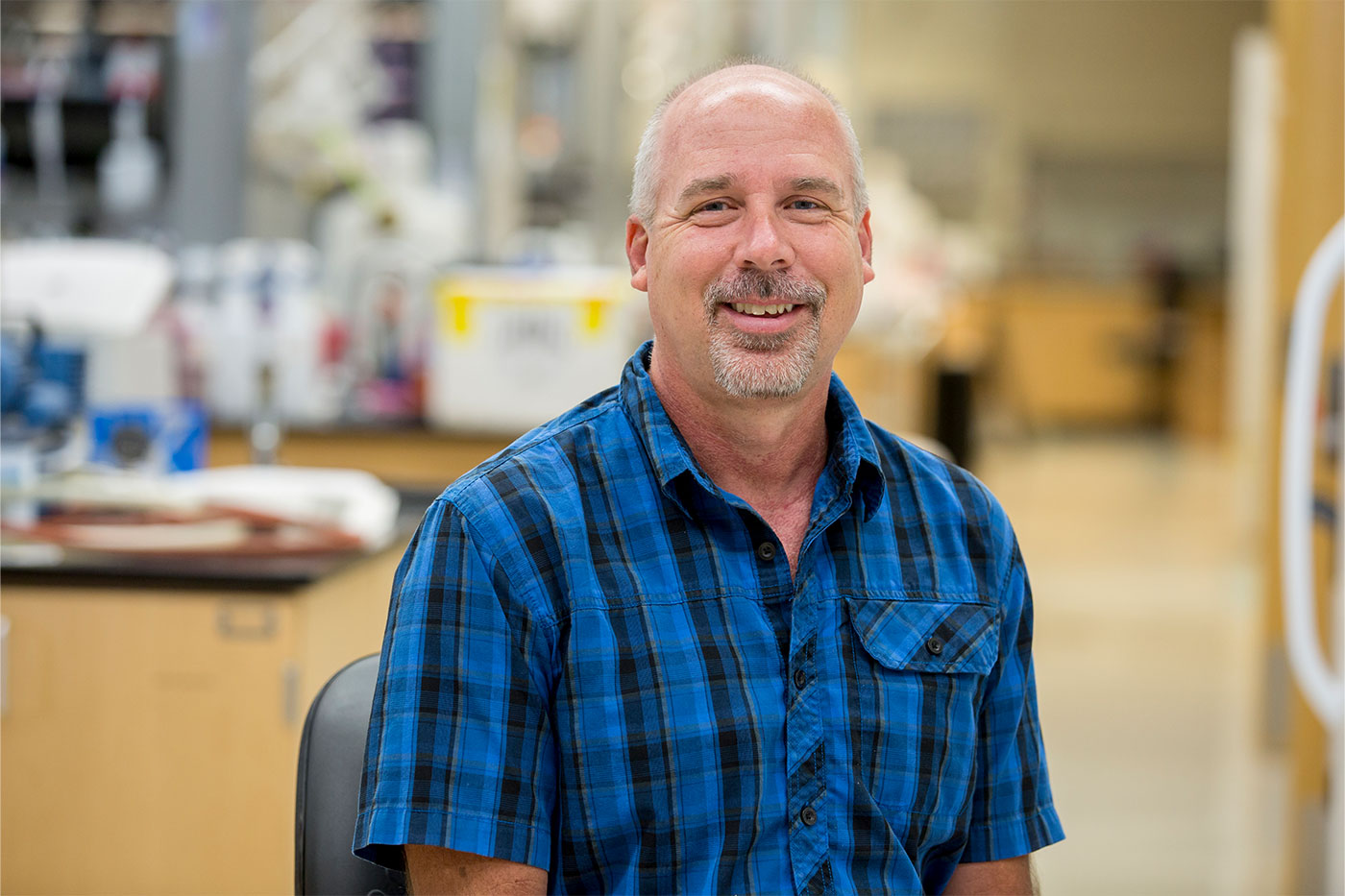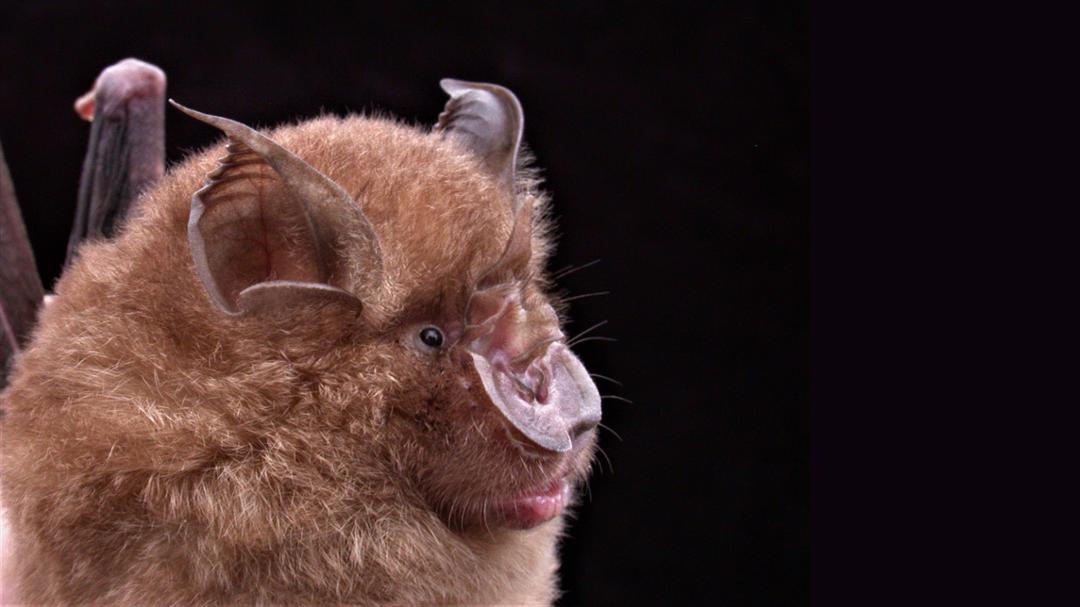Professor David Ray’s laboratory in the Department of Biological Sciences helped identify genetic components in bats that provide insight into their immune systems.
The genome of the Javan horseshoe bat ( Rhinolophus affinis ), a carrier of coronaviruses closely related to SARS-CoV-2, was also sequenced by the international research team. (Photo: Burton Lim, Royal Ontario Museum)
Five years removed from the COVID-19 outbreak, scientists around the world are still studying its effects and, more importantly, ways those effects can be mitigated in the future. An international team of researchers may have just found a critical clue in the quest, and a laboratory at Texas Tech University played a key role.
The Ray Laboratory, led by Department of Biological Sciences Professor and Associate Chair David Ray, as part of a study on bat genomes published by the scientific journal Nature, helped identify the components of a genome in a specific species of bats that have shown more genetic adaptations in their immune systems than other animals.

The study revealed that a gene common in some bats can reduce the production of the SARS-CoV-2 virus by up to 90%, which could help lead to new medical approaches to combating viral diseases.
“Bats have an amazing ability to resist some of the worst effects of viral infection that make us so vulnerable to certain diseases,” Ray said. “While we get very sick, the bats barely blink an eye when exposed to the same pathogens.”
Ray said his laboratory aided in the annotation of the genome assemblies in the bats. Genome annotation is how scientists characterize all component parts of the genome – the genes, regulatory sequences and non-coding and coding regions. The Texas Tech lab identified the transposable element (TE) regions of the assemblies, where bits of DNA can create new copies of themselves and introduce variations within the genome.
Ray said bats have a unique TE repertoire among mammals, presenting a potentially powerful way to generate new genetic pathways to deal with pathogens like the coronavirus.
“If every individual of a species was genetically identical, they would all have the same risk associated with infection – if one dies, they all die,” Ray said. “TEs are a great way for organisms to generate genetic diversity in the species, allowing some individuals to survive better in the face of environmental pressures like viral diseases.”
This study is part of a larger international project called Bat1K, which is attempting to sequence and assemble the genomes of every living bat species, numbering around 1,500, according to Ray. It was led by the Senckenberg Research Institute and Natural History Museum in Frankfurt, Germany.
Michael Hiller, a professor of comparative genomics at the Goethe University and a member of the Senckenberg Institute is one of the main investigators in the study. He and Ray are both members of the executive board for the Bat1K consortium, and their relationship provided the perfect opportunity for Ray’s lab to collaborate with the international scientific community.
The lab studies genomes and genome evolution with an emphasis on TEs. Their past studies have included genome research on bats and other mammals, crocodiles and various insects. The lab has worked with entities in the past such as the National Science Foundation, the U.S. Department of Agriculture, the state of Texas and the Texas Department of Wildlife and Fisheries.
Researchers in this recent study paid particular attention to the ISG15 gene, which is associated with a severe course of COVID-19 in humans. Bats are known to carry numerous viruses, including those transmissible to humans, but do not show any symptoms of disease when infected.
The ISG15 gene from the bats, the study showed, is able to reduce production of the SARS CoV-2 virus by 80-90%. By contrast, the ISG15 gene from a human genome showed no antiviral effect in this study.
“Thus, the ISG15 gene is likely one of several factors that contribute to viral disease resistance in bats,” Hiller said. “These promising results can be used as a basis for further experimental studies, which are necessary to decipher the unique adaptations of the bats’ immune system.”

